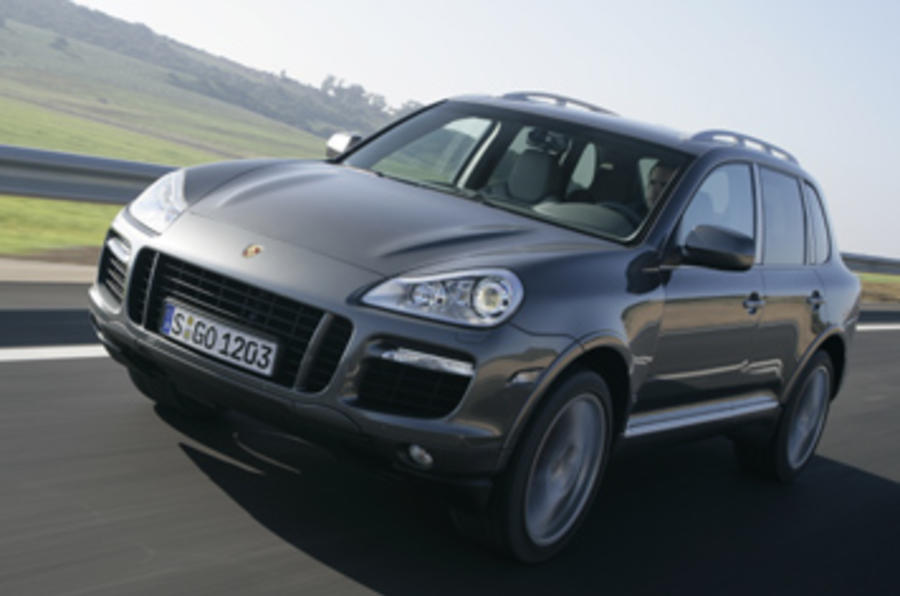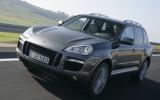What's new?
The car that helped make Porsche rich, and so enraged those Porsche-philes capable of recounting 911 type numbers like their own birth date, has had a facelift. Since its launch in 2002, 150,000 brutish Cayenne off-roaders have left the Leipzig plant, but with sales dipping over the past year and an ever more crowded marketplace, it was time to fettle the magic formula.
What's it like?
Still easily recognisable as a Cayenne, the new car soothes away some of the stark functionalism that so polarised opinion, in favour of a more sophisticated look. That’s not to say that this still isn’t one of the most intimidating vehicles on the public road, especially in Turbo form, as driven here.
This time, the Turbo is further differentiated from its lesser siblings, with a gaping intake up front and svelte horizontal slithers of indicators from the new 911 Turbo, unlike the slightly awkward upright items on the new V8 S and the V6.
This is lot more than a cosmetic makeover, however, as underneath that still-challenging skin is a range of comprehensive updates, primarily to the engines. The V6 has grown from 3.2 to 3.6 litres - and gained 55lb ft of torque in the process – while the V8 is enlarged from 4.5 to 4.8 litres for both the S and the Turbo. All engines receive a sophisticated new direct-injection fuel system that improves economy as well as performance, in the case of the Turbo to 493bhp and 516lb ft, helped by larger turbochargers.
As you’d expect, this gives the new Turbo prodigious performance - Porsche claims a 0-62mph dash of 5.1 seconds. Once you’re used to the elasticity of the new V8, you drive this Cayenne much like you would any other high-performance car, metering out the massive performance as and when it’s needed without the thought that you’re in something akin to a rapidly moving tower block. That, in itself, is a genuine complement.
But there’s another reason why the Cayenne is better than ever at creating this illusion. Although it’s always been the most overtly sporting of its breed, Porsche has deployed yet another acronym to enhance that further. Called PDCC, it’s an optional (£2140) active anti-roll bar system similar to that used by BMW on the 5- and 6-series cars, which uses hydraulic power to vary the effect of the anti-roll bar to cancel roll through a corner and keep the body flatter over bumps. The anti-roll bars can also be totally disconnected to allow maximum wheel articulation when off-roading. It can be quite disconcerting at first, as there’s none of the slop and pitch through tighter corners that you expect in a vehicle like this. The Cayenne simply corners until the limit of grip is reached, at which point the system introduces roll to tell the driver there’s not much adhesion left. It’s very effective, and despite wearing new 21-inch alloys, our car rode well too, although the test-route roads were mainly smooth.
Should I buy one?
This revised Cayenne won’t appease those who dislike the car for what it is – but as a technical achievement, it’s even better than it was before, and that's really saying something.



















Add your comment